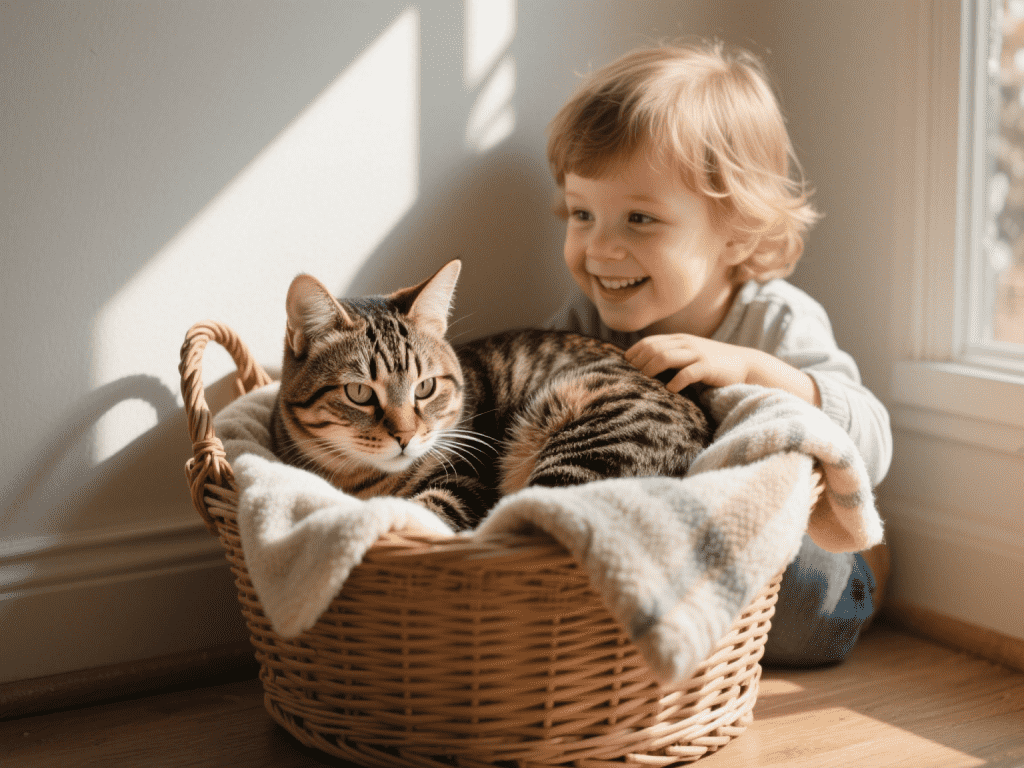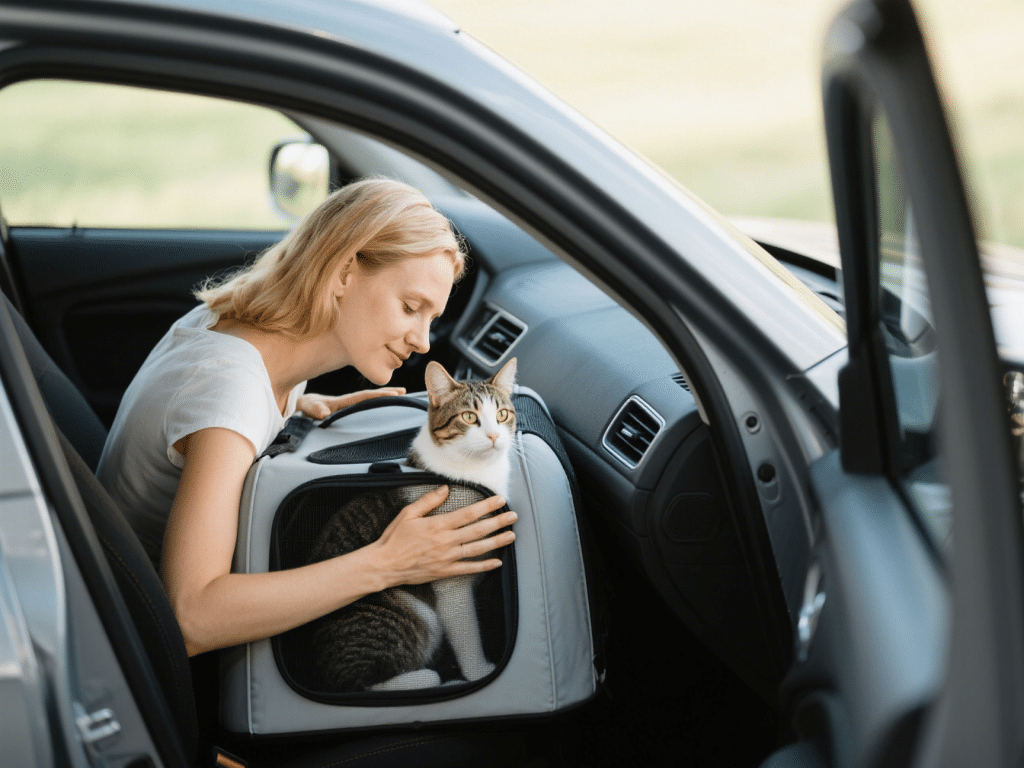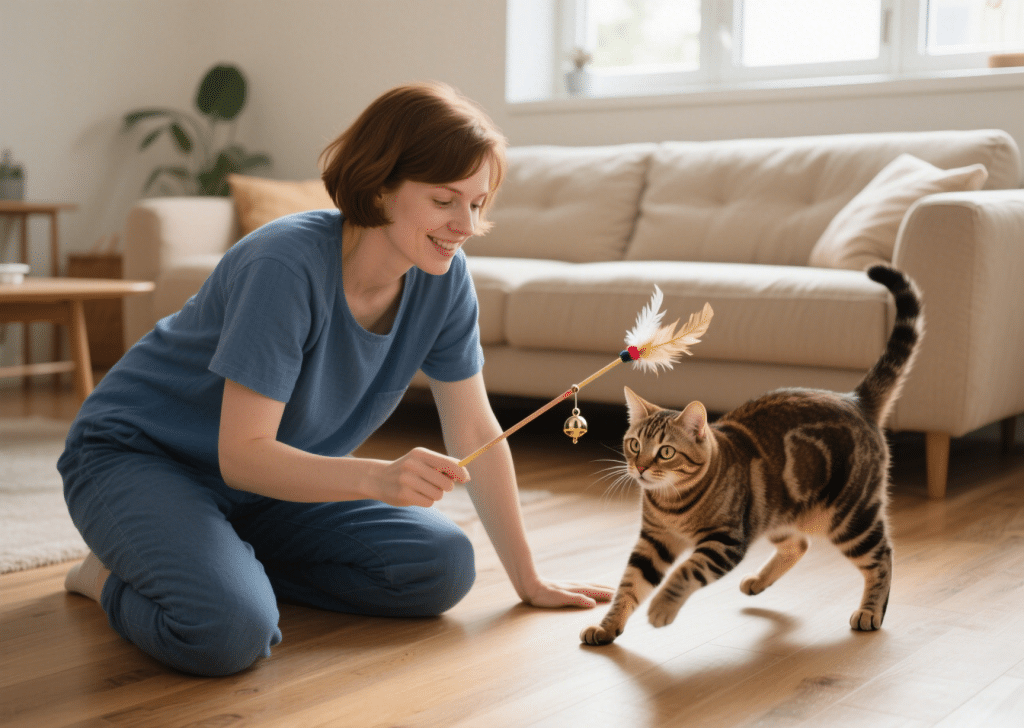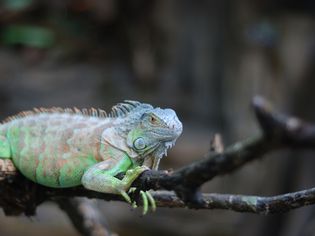Safe Hiding Spots: Why Cats Seek Refuge and How to Provide Security

If you’ve ever searched the closet or found your cat tucked behind the sofa, you know felines love their secret hideaways. While hiding is often a normal stress‑management strategy, changes in hiding behavior can also flag health or emotional concerns. Drawing on my years as a feline foster parent, I’ll explain why cats seek refuge and how to design secure, enriching hiding spots that support their well‑being.
1. Instinct and Security
Predator Evasion:
In the wild, cats hide to avoid threats. Even domesticated cats retain that instinct, seeking enclosed spaces where they feel protected.Stress Management:
Loud noises, strangers, or household changes can prompt cats to find a quiet retreat.
2. Healthy vs. Concerning Hiding
Normal Hiding:
Brief retreats before play or after a vet visit are typical and serve as decompression.Excessive or Prolonged Hiding:
If your cat spends days in solitude, it may signal illness, pain, or severe anxiety. Watch for accompanying signs: loss of appetite, lethargy, or changes in grooming habits.
Veterinarian Alert: Prolonged seclusion can hide medical emergencies. Perform a daily check—call your vet if your cat refuses food for more than 24 hours.
3. Designing the Perfect Hideaway
Variety of Options:
Offer multiple hiding types—covered beds, cardboard boxes, cat tunnels—at varying heights and locations.Soft Linings:
Plush blankets or towels make spots more inviting and comfortable.Accessibility:
Ensure seniors and kittens can easily enter and exit with low‑profile entrances.
4. Environmental Enrichment Around Hideouts
Perches Above:
Cats enjoy surveying their territory; place high shelves near hiding spots for an elevated vantage.Scent Comforters:
Include an item with your scent—a worn T‑shirt—to reassure anxious cats.Interactive Toys Nearby:
Keep a few safe toys close to encourage exploratory behavior when your cat is ready.
Conclusion
Hiding is a natural coping strategy that helps cats feel safe, but excessive seclusion warrants attention. By creating multiple, accessible, and cozy hideouts—and monitoring for sudden behavior changes—you’ll honor your cat’s instincts while safeguarding its health. A well‑designed refuge is the foundation for a confident, contented companion.









Comments on "Safe Hiding Spots: Why Cats Seek Refuge and How to Provide Security" :